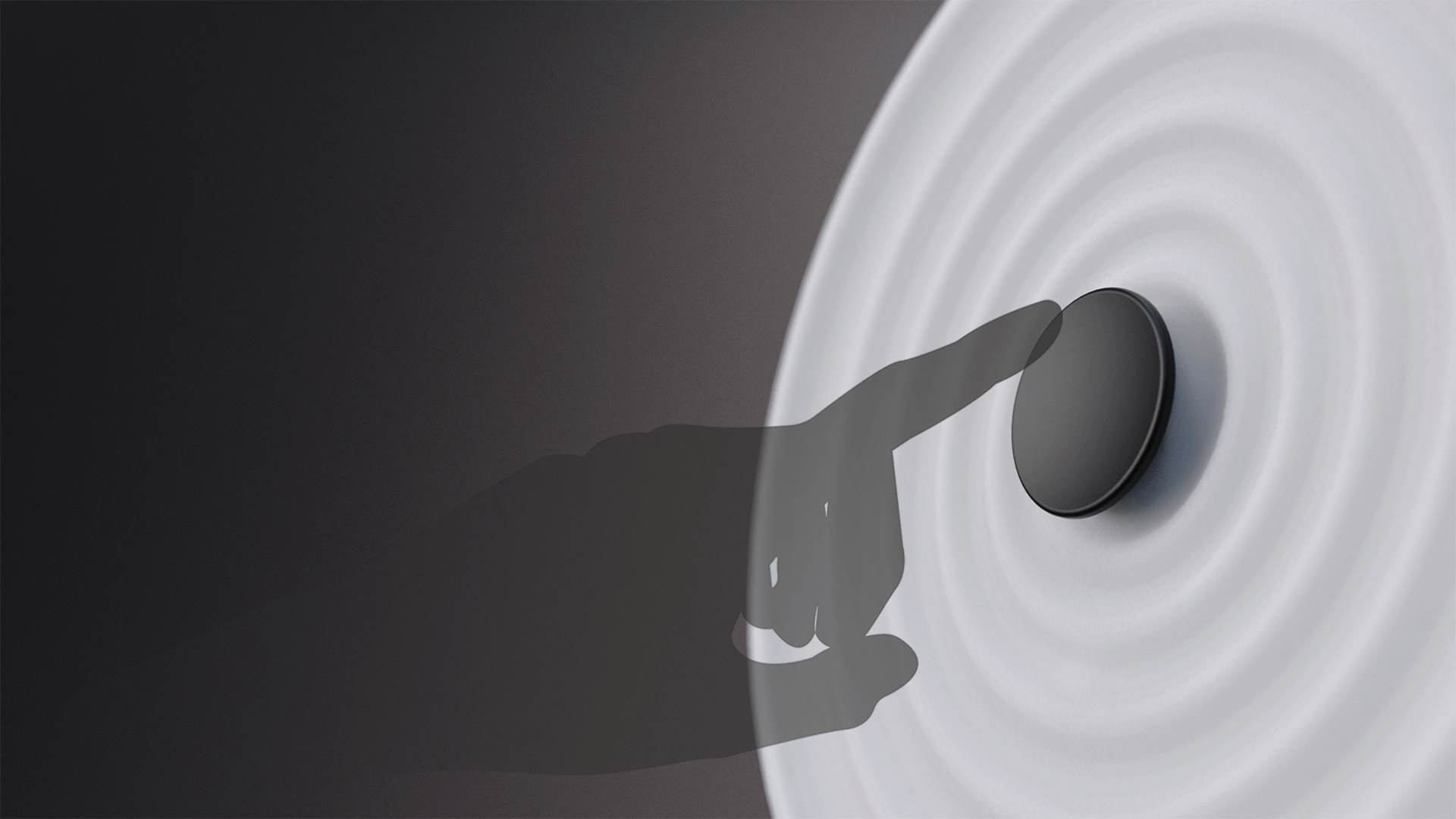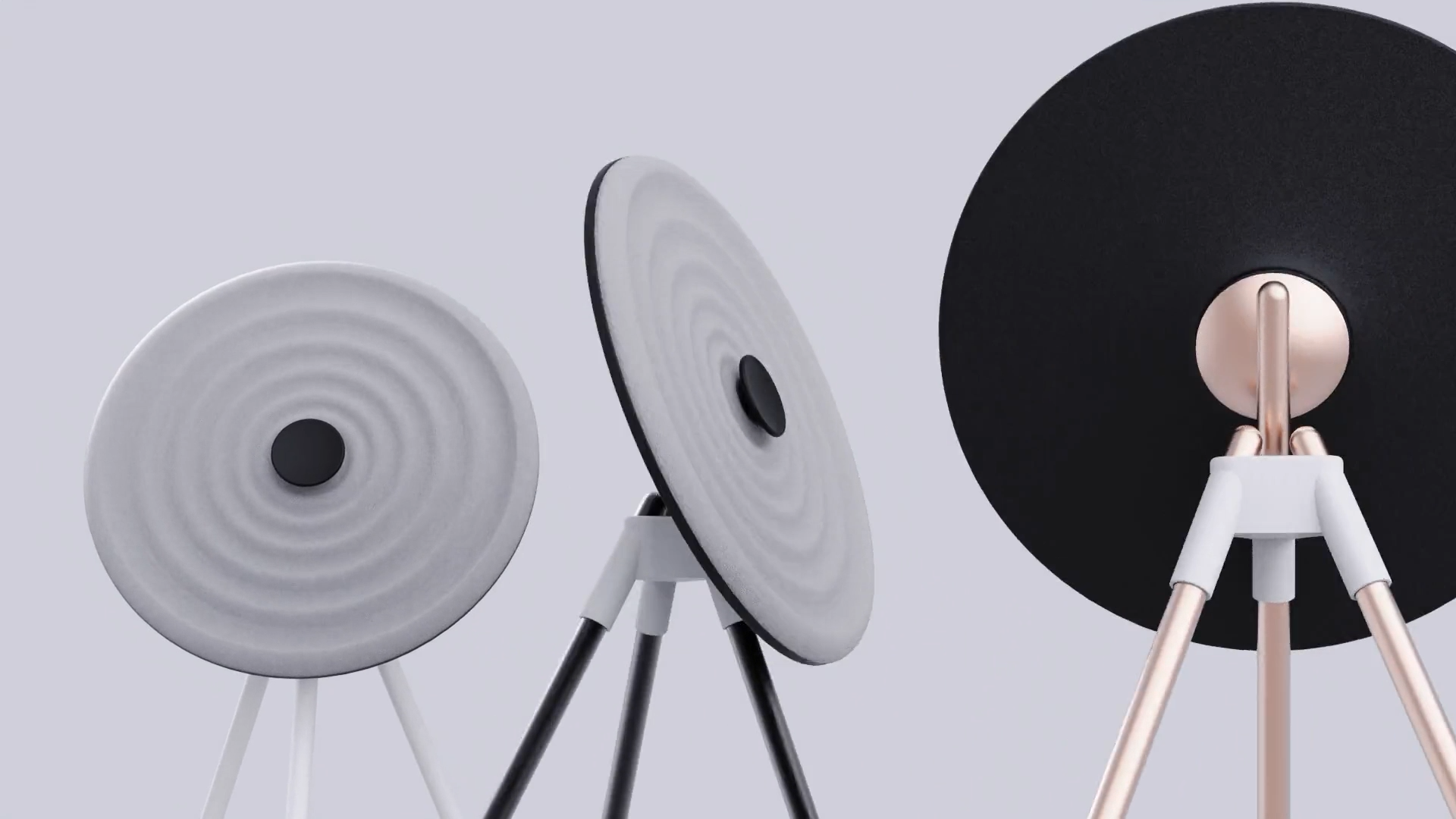Inyo
Establishing tangible resolutions for youths under mental distress.
2021 - 2022 - Temasek Polytechnic - Crowbar Awards 2022 (Bronze) - 2024 Asia Design Prize (Finalist)
Inyo
What If…Light is used to display the emotions of users to subsequently build a sense of companionship with them through time?
Normally, the presence of light is judged through its functional aspects of lighting up an enclosed environment or simply providing a good light source for productivity. Current lighting technologies can be instantly adapted to the needs of the room’s occupants, creating ambiences. But…have we ever thought about using it to measure our physical and mental state of mind?
With Inyo, the value of light is re-interpreted to go beyond its primary function. For those who are in some form of emotional distress, anxiety or anger, Inyo helps the user manage their emotions by gently giving visual cues via lighting, performing dual function as a desk lamp for functional task lighting.
Inyo also works as a barometer of emotion for the user as it picks up on trigger words that can be translated into gentle reminders of their affective state. Inyo provides a sense of companionship and emotional care for the user through changes in light intensity.
Presence Of Light | Emphatic Technology
How might we…create experiences for youths seeking behavioural changes in exchange for better mental health & well-being? How can we safely provide mental stimulations?
The increase in mental health distresses amongst youths has intruded into their daily lifestyles and interpersonal well-being. Despite youths recognizing that they need help to address their mental health concerns, they are generally limited by the awareness of resources in the community (Therapy).
There's a common misconception that people seeking professional help are "crazy" when most are just ordinary people struggling with common, everyday issues. Whatever the circumstances, It takes courage to seek help, and it takes dedication to see it through.
By pushing the boundaries of what technology is widely perceived to do, we can potentially use it in a more expressive way to identify and address people’s situations rather than relying solely on self-reports of one’s mental wellbeing.
Guidance
Ameer-Alrasyeed Ramdan
Wai Lim Chan
David Tham
Adrian Wong


